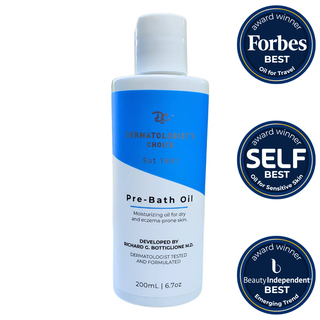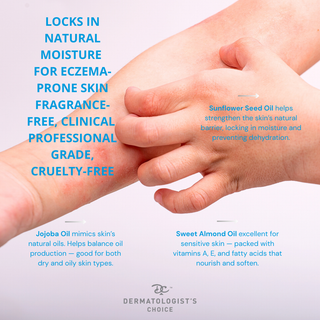When it comes to anti-aging and acne-fighting skincare, three of the most popular and effective ingredients are prescription Retin A, over-the-counter Retinol, and glycolic acid. These ingredients work in different ways and at different strengths, and it's important to understand the differences between them to choose the best option for your skin.
Retin A, also known as tretinoin, is a prescription-strength vitamin A derivative that is widely considered the gold standard in anti-aging skincare. It works by speeding up cell turnover and increasing collagen production, which can help reduce the appearance of fine lines, wrinkles, and acne. According to a study published in the Journal of Dermatology, "Topical tretinoin has been shown to be effective in reducing fine wrinkles and mottled hyperpigmentation, and in improving skin texture and elasticity."
However, Retin A is not without its downsides. It can be irritating to the skin, especially when first starting out, and it can make the skin more sensitive to sunlight. It is also only available by prescription, which can make it more difficult to obtain and more expensive than over-the-counter options.
Retinol, on the other hand, is a weaker form of vitamin A that is available over-the-counter. It's meant to provide the same benefits as Retin A, but unfortunately at a lower strength it is unlikely to provide the same results since it's very weak.
One of the benefits of Retinol is that it is often combined with other ingredients, such as hyaluronic acid and peptides, which can further improve the appearance of fine lines and wrinkles. However, it is important to note that not all Retinol products are created equal, and the strength and quality of the product can vary widely. In most cases, retinol found over the counter doesn't have the strength to really eliminate wrinkles.
Glycolic acid, on the other hand, is a type of alpha-hydroxy acid (AHA) that works by exfoliating the top layer of skin, which can help improve skin texture and reduce the appearance of fine lines and wrinkles. According to a study published in the Journal of Cosmetic Dermatology, "Glycolic acid peels have been shown to improve the appearance of photoaged skin by increasing epidermal thickness, stimulating collagen synthesis, and reducing wrinkle depth."
One of the benefits of glycolic acid is that it can be used by people with sensitive skin who may not be able to tolerate Retin A or Retinol. However, it is important to start with a low concentration and work up gradually to avoid irritation.
In summary, all three of these ingredients have been shown to be effective in improving the appearance of fine lines, wrinkles, and acne. Retin A is the strongest option, but is only available by prescription and can be irritating to the skin. Retinol is a weaker option that is available over-the-counter, but the quality of the product can vary. Glycolic acid is an exfoliant that can be used by people with sensitive skin, but it is important to start with a low concentration. When choosing a skincare product, it's important to consider your individual skin type and concerns, as well as the quality and strength of the product.














